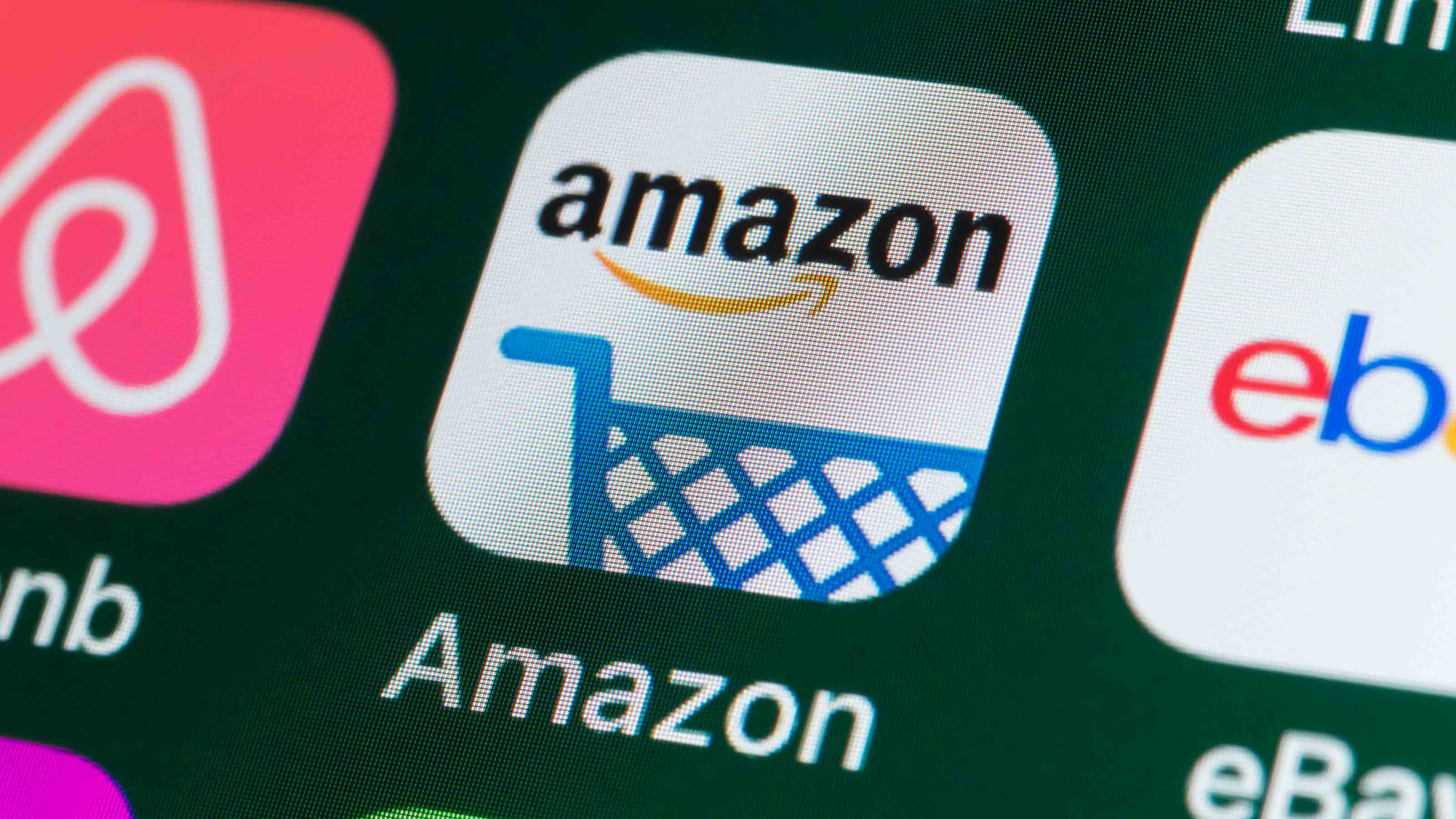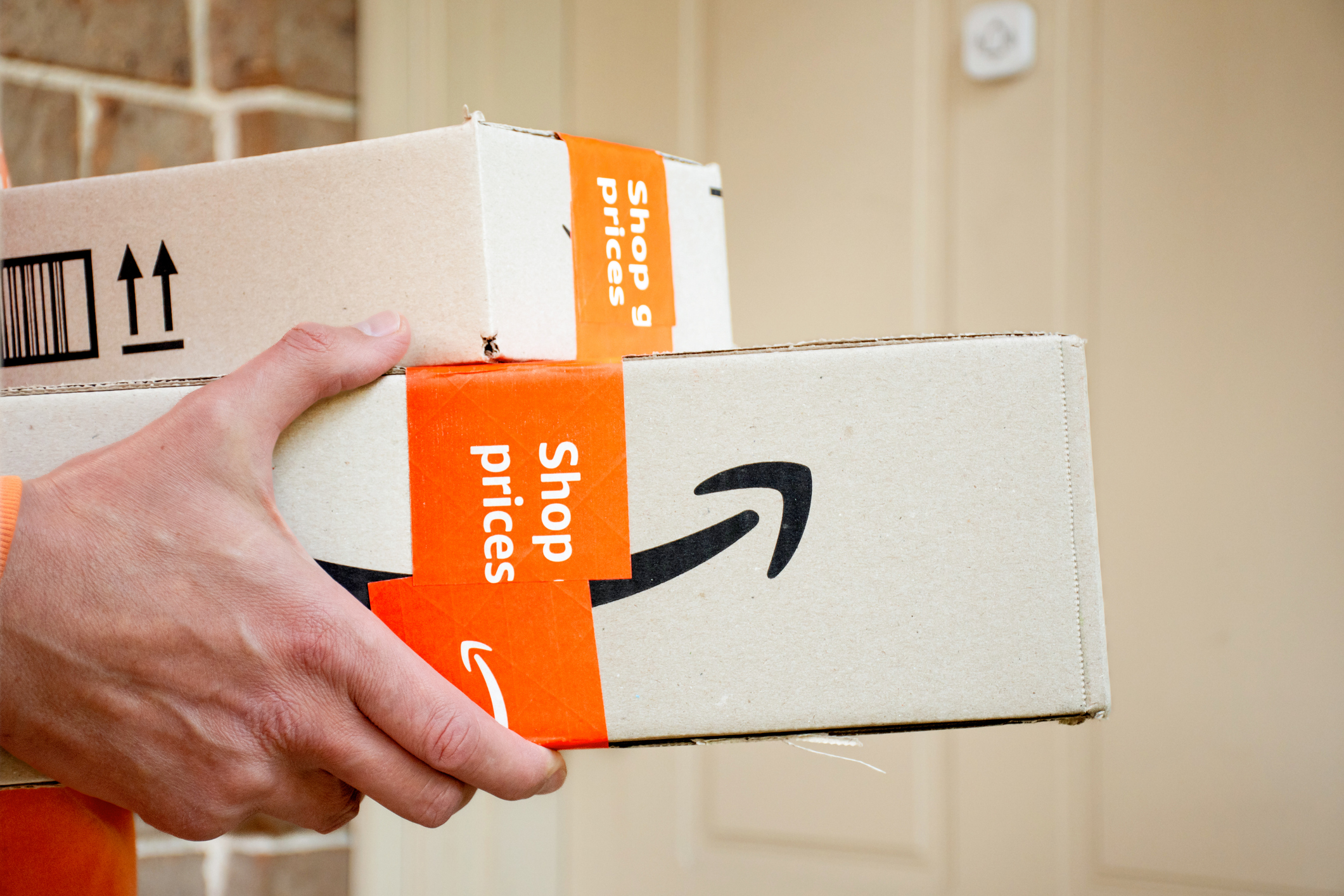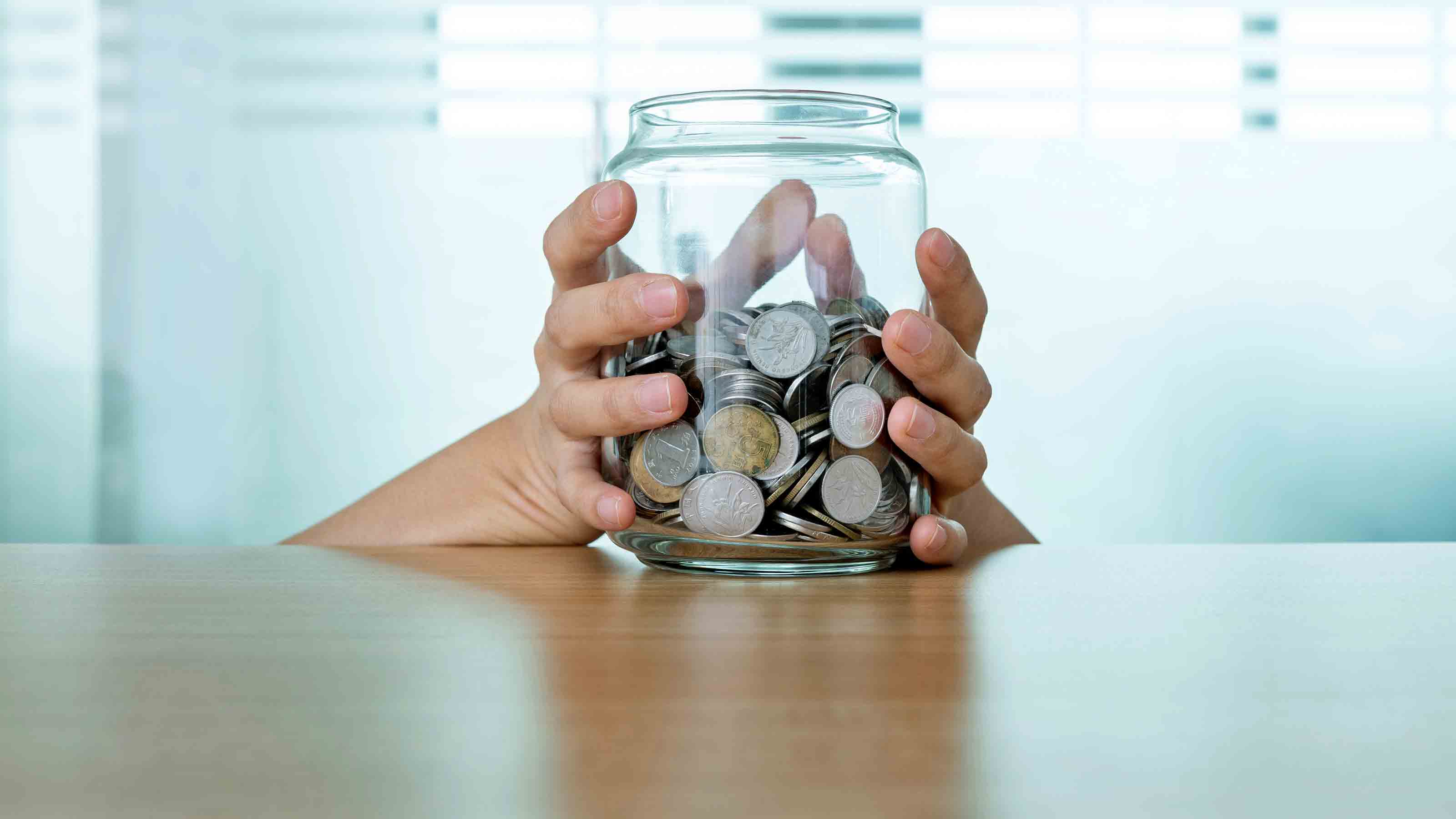Will a Cash-Back Card Make You Spend More?
Probably yes. And here are seven other reasons these cards might not be so rewarding.

Your mailbox probably will be flooded with offers for credit cards this month -- especially if you have good credit. Many of these offers will be promoting cash-back credit cards.
"Cash-back promotions on purchases have become increasingly popular as consumers are saving more and spending less," says Bill Hardekopf, CEO of LowCards.com and author of The Credit Card Guidebook. Used wisely, a cash-back credit card can be a good way to put money back in your pocket while spending on things you normally would buy, such as groceries or gas.
But if you don't read the fine print and pay off your balance each month, your cash-back card won't be that rewarding. "These cards typically have a slightly higher interest rate, and interest charges quickly outgrow any cash rewards," Hardekopf says. Plus, there's another major pitfall to these cards: There's a good chance you'll spend more and rack up more debt with a cash-back card.

Sign up for Kiplinger’s Free E-Newsletters
Profit and prosper with the best of expert advice on investing, taxes, retirement, personal finance and more - straight to your e-mail.
Profit and prosper with the best of expert advice - straight to your e-mail.
The Federal Reserve Bank of Chicago looked at the spending habits of people before and after they were enrolled in a cash-back rewards program. The study found that spending and debt increased by $79 and $191 a month, respectively, with an average cash-back reward of $25. And 11% of cardholders who didn't use their cards during the three months prior to enrolling in the cash-back program spent at least $50 in the first month of the program.
Keep this in mind as you consider whether to sign up for a new cash-back card (or continue using the one you already have). Also be aware of these seven loopholes that Hardekopf says can limit your ability to get cash back:
Rotating categories. Several cash-back cards rotate the categories on which you can earn cash back every quarter. So you may earn 5% on grocery or travel purchases during three months of the year, and just 1% the rest of the year, Hardekopf says.
Enrollment periods. To get the bigger rebates on rotating cards, you must enroll at the beginning of every quarter. If you forget to enroll, you may only get the 1% rebate.
Rebate limits. Many cards have limits on the amount of cash rebate you can earn with special 5% rebate offers. For example, the Chase Freedom card caps the amount of cash you can earn each quarter at $75. The Citi Platinum Select card offers a maximum of $300 in rebates per year.
Tiers. Several cards have tiers or levels that you must spend before the 1% rebate takes effect.
Interest rates. Reward cards typically have higher APRs and are only a good option for those who do not carry a balance, Hardekopf says.
Disappearing cash back. Your cash-back bonus will beforfeited with most issuers if your account is closed or if you fail to make the minimum payment due by the payment duedate for two consecutive billing periods.
Ineligible purchases. Issuers may limit what purchases apply for bonus rebates. For example, purchases at warehouse stores may not apply for the higher rebate.
Get Kiplinger Today newsletter — free
Profit and prosper with the best of Kiplinger's advice on investing, taxes, retirement, personal finance and much more. Delivered daily. Enter your email in the box and click Sign Me Up.

Award-winning journalist, speaker, family finance expert, and author of Mom and Dad, We Need to Talk.
Cameron Huddleston wrote the daily "Kip Tips" column for Kiplinger.com. She joined Kiplinger in 2001 after graduating from American University with an MA in economic journalism.
-
 The AI Doctor Coming to Read Your Test Results
The AI Doctor Coming to Read Your Test ResultsThe Kiplinger Letter There’s big opportunity for AI tools that analyze CAT scans, MRIs and other medical images. But there are also big challenges that human clinicians and tech companies will have to overcome.
By John Miley Published
-
 The Best Places for LGBTQ People to Retire Abroad
The Best Places for LGBTQ People to Retire AbroadLGBTQ people can safely retire abroad, but they must know a country’s laws and level of support — going beyond the usual retirement considerations.
By Drew Limsky Published
-
 Five Ways to Save on Vacation Rental Properties
Five Ways to Save on Vacation Rental PropertiesTravel Use these strategies to pay less for an apartment, condo or house when you travel.
By Cameron Huddleston Last updated
-
 How to Avoid Annoying Hotel Fees: Per Person, Parking and More
How to Avoid Annoying Hotel Fees: Per Person, Parking and MoreTravel Here's how to avoid extra charges and make sure you don't get stuck paying for amenities that you don't use.
By Cameron Huddleston Last updated
-
 How to Appeal an Unexpected Medical Bill
How to Appeal an Unexpected Medical Billhealth insurance You may receive a bill because your insurance company denied a claim—but that doesn’t mean you have to pay it.
By Rivan V. Stinson Published
-
 Amazon Prime Fees Are Rising. Here’s How to Cancel Your Amazon Prime Membership
Amazon Prime Fees Are Rising. Here’s How to Cancel Your Amazon Prime MembershipFeature Amazon Prime will soon cost $139 a year, $180 for those who pay monthly. If you’re a subscriber, maybe it’s time to rethink your relationship. Here’s a step-by-step guide to canceling Prime.
By Bob Niedt Published
-
 How to Haggle for Almost Anything
How to Haggle for Almost AnythingSmart Buying Learning how to haggle is an invaluable skill. These strategies will help you negotiate a better price for just about any product or service.
By Katherine Reynolds Lewis Last updated
-
 Disability Insurance Can Provide COVID Coverage
Disability Insurance Can Provide COVID CoverageCoronavirus and Your Money If you are concerned about long-term complications from COVID-19, consider disability insurance coverage.
By Rivan V. Stinson Published
-
 21 Things You Can't Return to Amazon — Either Online or In-Store
21 Things You Can't Return to Amazon — Either Online or In-StoreDid you know there are things you can't return to Amazon? Before adding these 21 items to your cart, be sure to read Amazon's return policy first.
By Bob Niedt Last updated
-
 How to Avoid a Charity Scam
How to Avoid a Charity Scampersonal finance Scammers never quit, even when you're trying to be altruistic. But you can avoid getting duped if you do your homework.
By Rivan V. Stinson Published